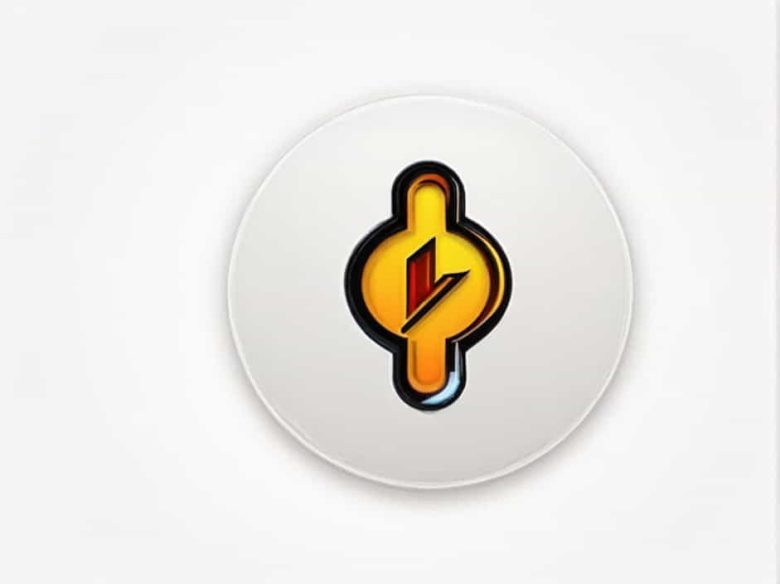A Zener diode is a special type of semiconductor device designed to regulate voltage in electrical circuits. Unlike standard diodes which allow current to flow in only one direction Zener diodes can operate in reverse bias mode and maintain a stable voltage across their terminals.
In this topic we will explore the Zener diode as a voltage regulator experiment its working principle circuit setup observations and practical applications.
What is a Zener Diode?
A Zener diode is a silicon-based semiconductor diode that allows current to flow in both directions. When in forward bias it functions like a normal diode. However when in reverse bias and reaching its breakdown voltage (Zener voltage Vz) it maintains a constant voltage across its terminals making it ideal for voltage regulation.
Key Characteristics of a Zener Diode:
- Operates in reverse bias beyond breakdown voltage
- Provides voltage stabilization in circuits
- Has a sharp breakdown region
- Available in different Zener voltage ratings (e.g. 3.3V 5.6V 12V)
Objective of the Experiment
The goal of this experiment is to use a Zener diode as a voltage regulator and observe how it maintains a stable output voltage despite variations in input voltage.
Materials Required
To perform the experiment you will need:
- Zener diode (e.g. 6V or 12V Zener diode)
- Resistor (R) (typically 470Ω to 1kΩ)
- DC power supply (variable e.g. 0V – 20V)
- Multimeter (to measure voltage and current)
- Connecting wires
- Breadboard or PCB
Zener Diode Voltage Regulator Circuit Diagram
The basic Zener voltage regulator circuit consists of:
- A series resistor (R) to limit current
- A Zener diode (D) in reverse bias
- A load (RL) connected in parallel with the Zener diode
Circuit Diagram Representation
+V_in ---- R ----+---- V_out
|
ZD
|
Ground
Working Principle
- When input voltage (Vin) is lower than the Zener voltage (Vz) the Zener diode does not conduct and output voltage follows the input voltage.
- When Vin exceeds Vz the Zener diode starts conducting in reverse bias maintaining a constant output voltage (Vout = Vz).
Step-by-Step Experiment Procedure
Step 1: Circuit Setup
- Connect the Zener diode in reverse bias (cathode to positive voltage anode to ground).
- Connect a resistor in series with the Zener diode to limit current flow.
- Attach a variable DC power supply to provide Vin.
- Connect a load resistor (RL) in parallel with the Zener diode to simulate a real-world circuit.
- Use a multimeter to measure Vout across the Zener diode.
Step 2: Testing Different Input Voltages
- Start with Vin = 0V and gradually increase it.
- Measure and record the output voltage (Vout).
- Observe when the Zener diode starts regulating (when Vout stabilizes).
- Continue increasing Vin to see how the diode maintains a constant voltage.
Step 3: Load Variations
- Attach different load resistances (e.g. 1kΩ 2kΩ 5kΩ).
- Observe if the output voltage remains stable.
- Compare results to check the stability of the voltage regulation.
Observations & Results
| Input Voltage (Vin) | Output Voltage (Vout) | Zener Regulation Status |
|---|---|---|
| 0V – 5V | Vout ≈ Vin | No regulation (diode OFF) |
| 6V | Vout ≈ 6V | Zener begins regulation |
| 7V – 12V | Vout ≈ 6V | Voltage is constant |
| 15V+ | Vout ≈ 6V | Regulation continues |
Key Observations:
- When Vin < Vz the Zener diode does not conduct.
- When Vin = Vz the diode starts regulating the voltage.
- As Vin increases beyond Vz the output remains constant at Vz.
Factors Affecting Zener Voltage Regulation
1. Resistor Selection (R)
- Too high (e.g. 10kΩ) → Insufficient current for regulation.
- Too low (e.g. 100Ω) → Excessive current overheating the diode.
2. Power Rating of Zener Diode
- Exceeding power ratings (e.g. 500mW) can damage the diode.
3. Load Resistance (RL)
- A high-resistance load (e.g. 10kΩ) results in less current draw improving regulation.
- A low-resistance load (e.g. 100Ω) increases current draw and may affect regulation.
Applications of Zener Diode as a Voltage Regulator
- Power Supply Stabilization
- Used in low-power DC voltage regulation circuits.
- Protection Against Overvoltage
- Prevents voltage spikes from damaging sensitive components.
- Reference Voltage Generation
- Provides a stable voltage source for precision circuits.
- Battery Charging Circuits
- Maintains a constant charging voltage for batteries.
Limitations of a Zener Diode Voltage Regulator
While Zener diode regulators are simple and effective they have some drawbacks:
- Limited Current Capacity – Cannot supply high-current loads efficiently.
- Lower Efficiency – Energy is dissipated as heat in the series resistor.
- Not Ideal for High Power Applications – More efficient regulators like LM7805 SMPS are used for higher power needs.
The Zener diode voltage regulator is a simple yet powerful circuit used for voltage stabilization. This experiment demonstrates how a Zener diode maintains a constant voltage output despite input fluctuations making it ideal for low-power applications.
Understanding the Zener diode’s characteristics circuit design and limitations helps in creating reliable voltage regulation circuits for practical use in electronics.



